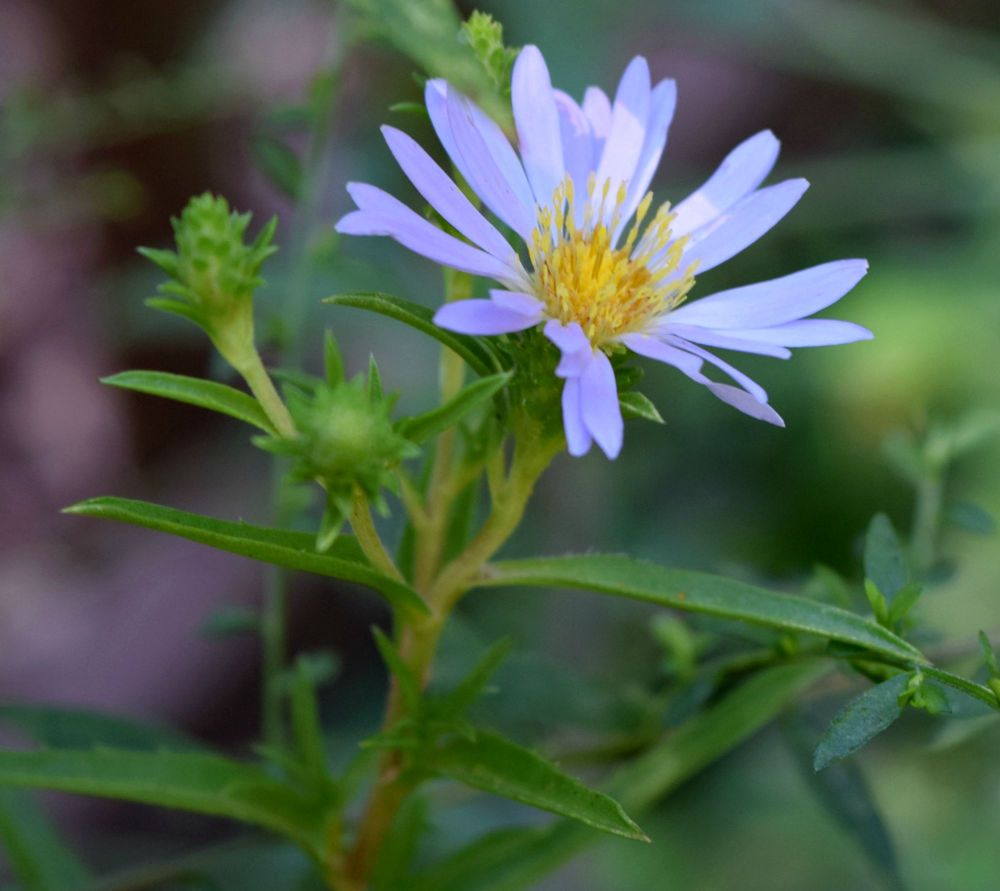Georgia Native Plant Society
@ganativeplants.bsky.social
250 followers
12 following
520 posts
Our mission is to promote the stewardship and conservation of Georgia's native plants and their habitats. We grow people who love native plants!
Learn more at www.gnps.org.
Posts
Media
Videos
Starter Packs




























